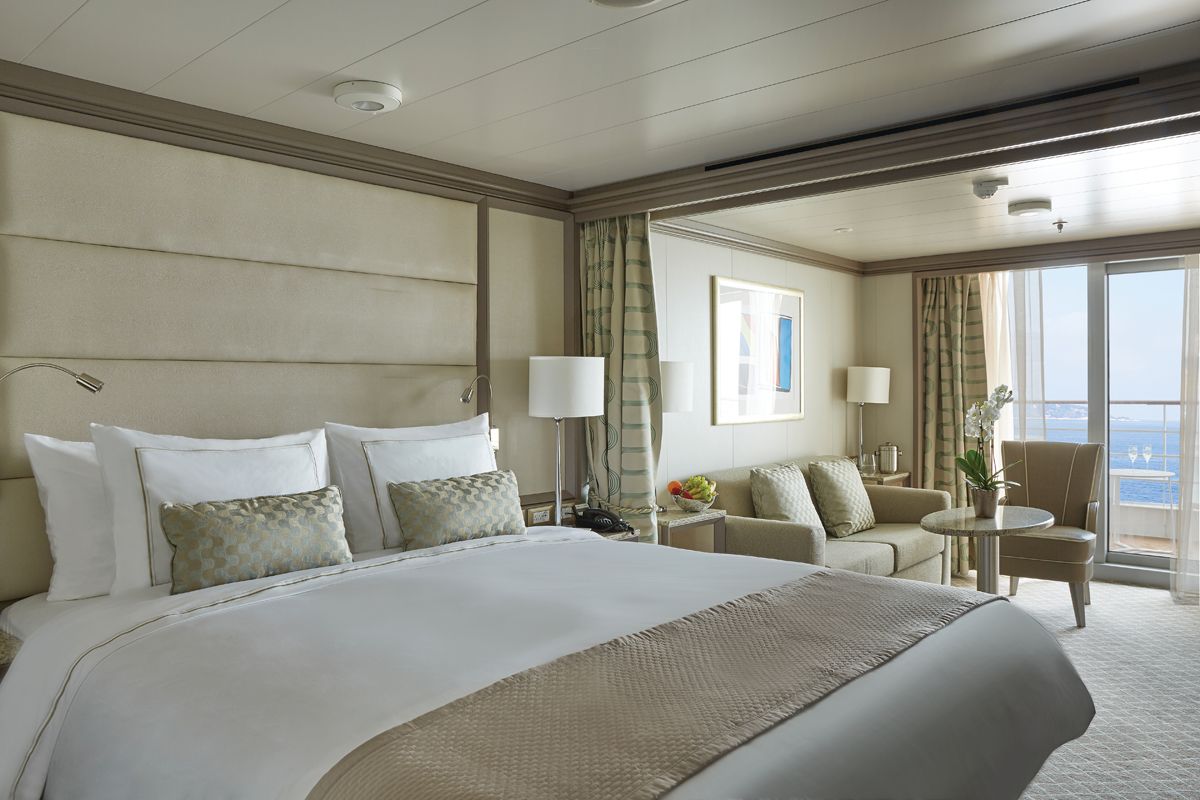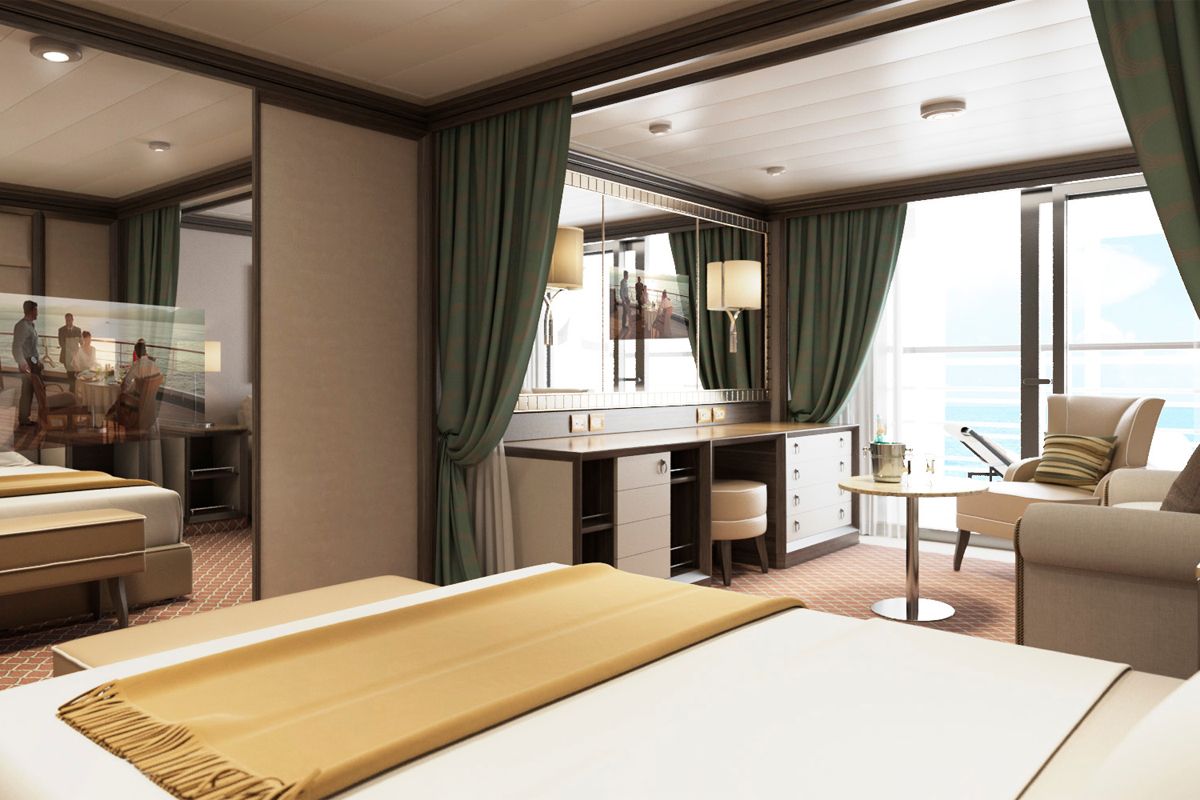

Go beyond your boundaries and explore the world as never before.
Spread over a string of seven hills north of the Rio Tejo (Tagus River) estuary, Lisbon presents an intriguing variety of faces to those who negotiate its switchback streets. In the oldest neighborhoods, stepped alleys whose street pattern dates back to Moorish times are lined with pastel-color houses decked with laundry; here and there, miradouros (vantage points) afford spectacular river or city views. In the grand 18th-century center, calçada à portuguesa (black-and-white mosaic cobblestone) sidewalks border wide boulevards. Elétricos (trams) clank through the streets, and blue-and-white azulejos (painted and glazed ceramic tiles) adorn churches, restaurants, and fountains.
Of course, parts of Lisbon lack charm. Even some downtown areas have lost their classic Portuguese appearance as the city has become more cosmopolitan: shiny office blocks have replaced some 19th- and 20th-century art nouveau buildings. And centenarian trams share the streets with "fast trams" and noisy automobiles.
Lisbon bears the mark of an incredible heritage with laid-back pride. In preparing to host the 1998 World Exposition, Lisbon spruced up public buildings, overhauled its subway system, and completed an impressive second bridge across the river. Today the former Expo site is an expansive riverfront development known as Parque das Nações, and the city is a popular port of call for cruises, whose passengers disembark onto a revitalized waterfront. Downtown, all the main squares have been overhauled one by one.
In its heyday in the 16th century, Lisbon was a pioneer of the first wave of globalization. Now, the empire is striking back, with Brazilians and people from the former Portuguese colonies in Africa enriching the city’s ethnic mix. There are also more than a few people from other European countries who are rapidly becoming integrated.
But Lisbon's intrinsic, slightly disorganized, one-of-a-kind charm hasn't vanished in the contemporary mix. Lisboetas (people from Lisbon) are at ease pulling up café chairs and perusing newspapers against any backdrop, whether it reflects the progress and commerce of today or the riches that once poured in from Asia, South America, and Africa. And quiet courtyards and sweeping viewpoints are never far away.
Despite rising prosperity (and costs) since Portugal entered the European Community in 1986, and the more recent tourism boom, prices for most goods and services are still lower than most other European countries. You can still find affordable places to eat and stay, and with distances between major sights fairly small, taxis are astonishingly cheap. All this means that Lisbon is not only a treasure chest of historical monuments, but also a place where you won’t use up all your own hard-earned treasure.
Casablanca is Morocco's most modern city, and various groups of people call it home: hardworking Berbers who came north from the Souss Valley to make their fortune; older folks raised on French customs during the protectorate; devoted Muslims; wealthy business executives in the prestigious neighborhoods of California and Anfa; new and poor arrivals from the countryside, living in conspicuous shantytowns; and thousands of others from all over the kingdom who have found jobs here. There is also a fair-size expat population, including many French people. The city has its own stock exchange, and working hours tend to transcend the relaxed pace kept by the rest of Morocco.
True to its name—casa blanca in Spanish (white house), which, in turn, is Dar el-Beida in Arabic—Casablanca is a conglomeration of white buildings. The present city, known colloquially as "Casa" or "El Beida," was only founded in 1912. It lacks the abundance of ancient monuments that resonate in Morocco's other major cities; however, there are still some landmarks, including the famous Hassan II Mosque.
Málaga is one of southern Spain’s most welcoming and happening cities, and it more than justifies a visit. Visitor figures have soared since the Museo Picasso opened in 2003 and a new cruise-ship terminal opened in 2011, and much of the city has had a well-earned face-lift, with many of its historic buildings restored or undergoing restoration. The area between the river and the port is being spruced up and transformed into the Málaga Arte Urbano Soho (MAUS Art District), and in 2015 three new art museums opened, underlining the city's aim to become one of southern Europe's centers for art. Alongside all this rejuvenation, some great shops, and lively bars and restaurants have sprung up all over the center.
True, the approach from the airport certainly isn’t that pretty, and you'll be greeted by huge 1970s high-rises that march determinedly toward Torremolinos. But don’t give up: in its center and eastern suburbs, this city of about 550,000 people is a pleasant port, with ancient streets and lovely villas amid exotic foliage. Blessed with a subtropical climate, it's covered in lush vegetation and averages some 324 days of sunshine a year.
Central Málaga lies between the Guadalmedina River and the port, and the city’s main attractions are all here. The Centro de Arte Contemporáneo sits next to the river; to the east lies the MAUS district, slowly being hoisted from its former seedy red-light reputation to a vibrant cultural hub with galleries and up-and-coming restaurants. Around La Alameda boulevard, with its giant weeping fig trees, is old-town Málaga: elegant squares, pedestrian shopping streets such as Calle Marqués de Larios, and the major monuments, which are often tucked away in labyrinthine alleys.
Eastern Málaga starts with the pleasant suburbs of El Palo and Pedregalejo, once traditional fishing villages. Here you can eat fresh fish in the numerous chiringuitos and stroll Pedregalejo's seafront promenade or the tree-lined streets of El Limonar. A few blocks inland is Málaga's bullring, La Malagueta, built in 1874, and continuing west, Muelle Uno (port-front commercial center), whose striking glass cube is now home to the Centre Pompidou. It's great for a drink and for soaking up views of the old quarter.
The infinite variety of street life, the nooks and crannies of the medieval Barri Gòtic, the ceramic tile and stained glass of Art Nouveau facades, the art and music, the throb of street life, the food (ah, the food!)—one way or another, Barcelona will find a way to get your full attention. The capital of Catalonia is a banquet for the senses, with its beguiling mix of ancient and modern architecture, tempting cafés and markets, and sun-drenched Mediterranean beaches. A stroll along La Rambla and through waterfront Barceloneta, as well as a tour of Gaudí's majestic Sagrada Famíliaand his other unique creations, are part of a visit to Spain's second-largest city. Modern art museums and chic shops call for attention, too. Barcelona's vibe stays lively well into the night, when you can linger over regional wine and cuisine at buzzing tapas bars.
Since being designated a European Capital of Culture for 2013, with an estimated €660 million of funding in the bargain, Marseille has been in the throes of an extraordinary transformation, with no fewer than five major new arts centers, a beautifully refurbished port, revitalized neighborhoods, and a slew of new shops and restaurants. Once the underdog, this time-burnished city is now welcoming an influx of weekend tourists who have colonized entire neighborhoods and transformed them into elegant pieds-à-terre (or should we say, mer). The second-largest city in France, Marseille is one of Europe's most vibrant destinations. Feisty and fond of broad gestures, it is also as complicated and as cosmopolitan now as it was when a band of Phoenician Greeks first sailed into the harbor that is today's Vieux Port in 600 BC. Legend has it that on that same day a local chieftain's daughter, Gyptis, needed to choose a husband, and her wandering eyes settled on the Greeks' handsome commander Protis. Her dowry brought land near the mouth of the Rhône, where the Greeks founded Massalia, the most important Continental shipping port in antiquity. The port flourished for some 500 years as a typical Greek city, enjoying the full flush of classical culture, its gods, its democratic political system, its sports and theater, and its naval prowess. Caesar changed all that, besieging the city in 49 BC and seizing most of its colonies. In 1214 Marseille was seized again, this time by Charles d'Anjou, and was later annexed to France by Henri IV in 1481, but it was not until Louis XIV took the throne that the biggest transformations of the port began; he pulled down the city walls in 1666 and expanded the port to the Rive Neuve (New Riverbank). The city was devastated by plague in 1720, losing more than half its population. By the time of the Revolution, Marseille was on the rebound once again, with industries of soap manufacturing and oil processing flourishing, encouraging a wave of immigration from Provence and Italy. With the opening of the Suez Canal in 1869, Marseille became the greatest boomtown in 19th-century Europe. With a large influx of immigrants from areas as exotic as Tangiers, the city quickly acquired the multicultural population it maintains to this day.
Livorno is a gritty city with a long and interesting history. In the early Middle Ages it alternately belonged to Pisa and Genoa. In 1421 Florence, seeking access to the sea, bought it. Cosimo I (1519–74) started construction of the harbor in 1571, putting Livorno on the map. After Ferdinando I de' Medici (1549–1609) proclaimed Livorno a free city, it became a haven for people suffering from religious persecution; Roman Catholics from England and Jews and Moors from Spain and Portugal, among others, settled here. The Quattro Mori (Four Moors), also known as the Monument to Ferdinando I, commemorates this. (The statue of Ferdinando I dates from 1595, the bronze Moors by Pietro Tacca from the 1620s.)
In the following centuries, and particularly in the 18th, Livorno boomed as a port. In the 19th century the town drew a host of famous Britons passing through on their grand tours. Its prominence continued up to World War II, when it was heavily bombed. Much of the town's architecture, therefore, postdates the war, and it's somewhat difficult to imagine what it might have looked like before. Livorno has recovered from the war, however, as it's become a huge point of departure for container ships, as well as the only spot in Tuscany for cruise ships to dock for the day.
Most of Livorno's artistic treasures date from the 17th century and aren't all that interesting unless you dote on obscure baroque artists. Livorno's most famous native artist, Amedeo Modigliani (1884–1920), was of much more recent vintage. Sadly, there's no notable work by him in his hometown.
There may not be much in the way of art, but it's still worth strolling around the city. The Mercato Nuovo, which has been around since 1894, sells all sorts of fruits, vegetables, grains, meat, and fish. Outdoor markets nearby are also chock-full of local color. The presence of Camp Darby, an American military base just outside town, accounts for the availability of many American products.
If you have time, Livorno is worth a stop for lunch or dinner at the very least.
Italy's vibrant capital lives in the present, but no other city on earth evokes its past so powerfully. For over 2,500 years, emperors, popes, artists, and common citizens have left their mark here. Archaeological remains from ancient Rome, art-stuffed churches, and the treasures of Vatican City vie for your attention, but Rome is also a wonderful place to practice the Italian-perfected il dolce far niente, the sweet art of idleness. Your most memorable experiences may include sitting at a caffè in the Campo de' Fiori or strolling in a beguiling piazza.
World Cruise Finder's suites are some of the most spacious in luxury cruising.
Request a Quote - guests who book early are rewarded with the best fares and ability to select their desired suite.












